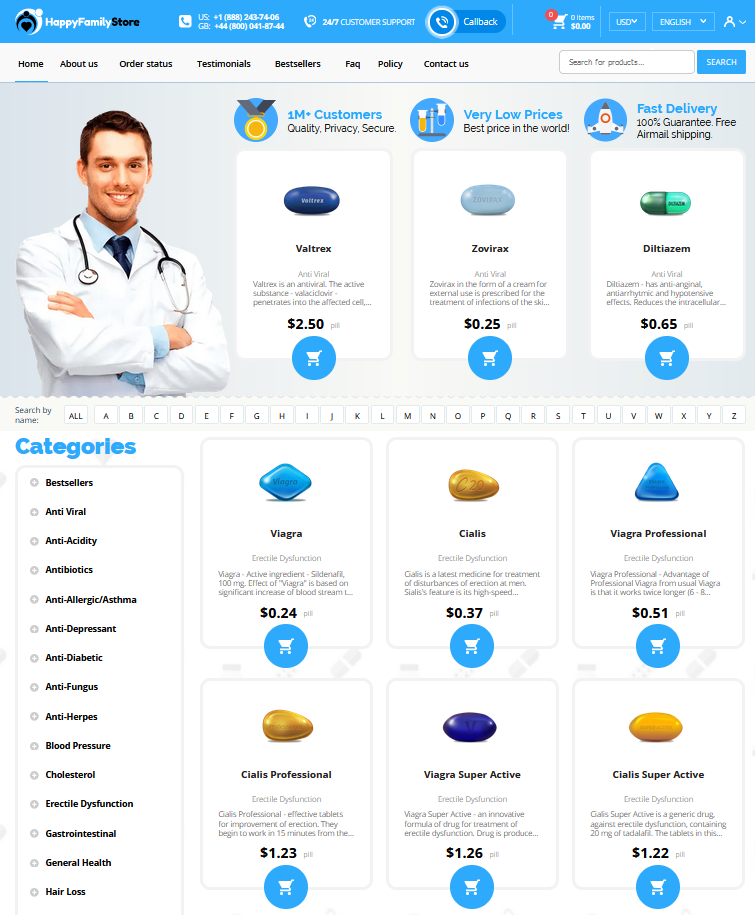 Tirzepatide Vs. Traditional Diabetes Medications
Tirzepatide Vs. Traditional Diabetes Medications
Overview of Type 2 Diabetes and Its Challenges
Type 2 diabetes is increasingly prevalent due to lifestyle factors and genetic predisposition. Managing it poses several challenges, ranging from controlling blood sugar levels to preventing severe complications like heart disease. Traditional treatments include medications like Metformin, sulfonylureas, and insulin, which work via varying mechanisms to acheive glucose control.
Despite advances, many patients struggle with adherence and side effects. Furthermore, the effectiveness of these medications can diminish over time, necessitating dosage adjustments or additional treatments. Thus, the quest for an optimal solution remains paramount in diabetes managment.
| Traditional Medications | Primary Function | Common Side Effects |
|---|---|---|
| Metformin | Decreases glucose production in the liver | Gastrointestinal issues |
| Insulin | Enhances cellular glucose uptake | Hypoglycemia |
| Sulfonylureas | Stimulates insulin release from the pancreas | Weight gain, low blood sugar |
What Is Tirzepatide? Understanding the New Contender

Tirzepatide is an innovative medication specifically developed for the management of Type 2 diabetes. Unlike traditional diabetes medications, tirzepatide targets two crucial hormones, GLP-1 and GIP, which are vital in the regulation of blood sugar levels. By engaging with these hormones, tirzepatide offers a comprehensive approach that not only improves blood sugar control but also aids in weight loss, offering a dual benefit for patients.
Early clinical trials have shown that tirzepatide's unique mechanism of action can provide more effective control of blood glucose compared to conventional treatments. Moreover, its ability to assist with weight loss sets it apart as a promising option for those struggling with managing their condition.
This novel approach addresses some of the significant challenges faced by patients with Type 2 diabetes, providing a potentially superior alternative to existing therapies. Though more data is needed to fully understand its long-term benefits and risks, the initial results are promising and have led to increased interest in the diabetes management community.
Comparing Mechanisms: Tirzepatide Vs. Traditional Medications
Understanding the mechanisms behind diabetes medications is crucial for effective treatment. Tirzepatide distinguishes itself by targeting multiple pathways simultaneously. Traditional medications such as metformin primarily focus on reducing glucose production in the liver. Sulfonylureas, on the other hand, stimulate the pancreas to produce more insulin. Tirzepatide, however, works as a dual glucose-dependent insulinotropic polypeptide (GIP) and glucagon-like peptide-1 (GLP-1) receptor agonist. This dual mechanism not only enhances insulin secretion but also reduces appetite, leading to weight loss— a common struggle for diabetes patients.
Contrastingly, older medications often tackle only one aspect of the disease, which may limit their efficacy. For instance, while insulin therapy replaces the body's deficient insulin, it doesn't address insulin resistance or other metabolic dysfunctions. This innovative approach of tirzepatide is revolutionary due to its multi-faceted action, blending glucose control with weight management. Untill now, maintaining effective blood sugar levels without significant weight gain has been a considerable challenge. Traditional treatments don't usually offer the synergy possible with tirzepatide. This multi-target strategy makes tirzepatide a promising contender in the diabetes treatment landscape.
Efficacy: Clinical Results and Patient Outcomes

In recent clinical trials, tirzepatide has shown promising results in managing type 2 diabetes. Patients receiving tirzepatide have experienced significant reductions in HbA1c levels, often surpassing those achieved with traditional diabetes medications. The ability of tirzepatide to effectively manage blood sugar levels has led to improved patient outcomes, including weight loss and better overall metabolic health.
Furthermore, the impressive results did not occur at the expense of patient safety. Notably, a considerable proportion of patients on tirzepatide reached targeted glycemic control without severe hypoglycemic episodes. The medication's efficacy extends to diverse patient groups, ensuring it may become a strong addition to the diabetes treatment arsenal.
Overall, the clinical performance of tirzepatide positions it as a compelling option compared to more established medications. The drug's dual-action mechanism, combining glucose-dependent insulinotropic polypeptide (GIP) and glucagon-like peptide-1 (GLP-1) receptor agonism, is likely a key contributor to these enhanced outcomes. Given these advancements, tirzepatide's role in diabetes management looks promising, warranting further exploration and adoption in clinical practice.
Safety Profiles and Potential Side Effects
Clinical trials for tirzepatide have demonstrated a generally favorable safety profile, but like any medication, it comes with potential side effects. The most commonly reported issues are gastrointestinal in nature, such as nausea, diarrhea, and decreased appetite. These symptoms are often mild to moderate and tend to diminish over time.
Another important consideration is the risk of hypoglycemia, especially when tirzepatide is combined with other antidiabetic medications such as insulin. Patients should be closely monitored to prevent such occurrences. On rare occasions, allergic reactions, including rash and itching, have been noted.
Side Effect
Occurrence
Nausea
Common
Hypoglycemia
Uncommon
Allergic Reactions
Rare
Achieving better health outcomes with tirzepatide also involves understanding its interaction with lifestyle choices. Patients should always recieve comprehensive advice from healthcare professionals to effectively manage any side effects and improve overall treatment efficacy.
Cost and Accessibility: Tirzepatide in the Real World
Pricing plays a significant role in the choice of diabetes medications, and Tirzepatide's cost is a key consideration for many patients. Traditional diabetes medicines, such as metformin and insulin, are generally more affordable due to widespread availability and generic options. However, newer agents like Tirzepatide often come with a higher price tag due to research and development costs. Accessibility can be a hurdle, as insurance coverage for novel treatments varies. Patients might need to explore assistance programs offered by pharmaceutical companies to acommodate their financial needs. For more detailed information, you can refer to source 1 and source 2.